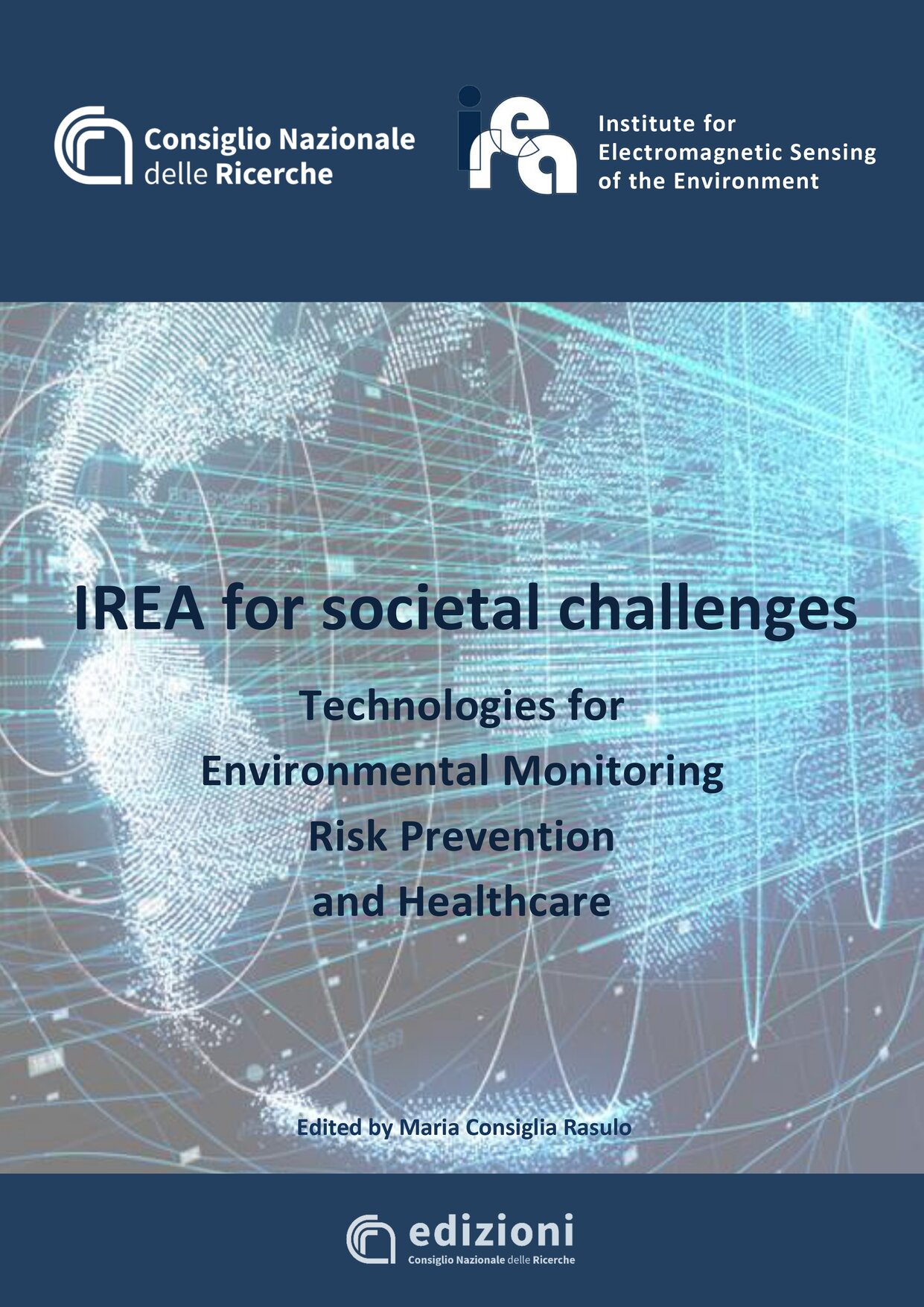The study of The Earth's deformations and seismic sources continues, focusing on the events of October 26. This activity is coordinated by the Department of Civil Protection (DPC) and is carried out by a team of researchers from the Institute for Electromagnetic Sensing of the Environment of the National Research Council (CNR-IREA of Naples) and the National Institute of Geophysics and Vulcanology (INGV), centers of competence in satellite radar data processing and seismology, with the support of the Italian Space Agency (ASI).
"Using the data from the Japanese satellite ALOS 2, the team of CNR-IREA and INGV researchers measured also on this occasion and with high precision, the permanent ground movements originated during the earthquake by using differential interferometry," explains the director of CNR-IREA Riccardo Lanari. "In this case, the bandwidth used (L band) from the radar operating on board the ALOS 2 satellite allowed us to detect the ground deformations despite the affected area was particularly covered by vegetation. These deformations occur about 8 kilometers further north than those caused by Amatrice's earthquake on August 24, and characterize an area that extends about 20 km northward and have a maximum subsidence of about 18 cm (corresponding to 22 centimeters away, compared to the radar line of sight) at the Vallestretta area".
“Ground movements, along with other geological and seismological data, are now undergoing analysis to elaborate physical-mathematical models through which it will be possible to identify the fault responsible for the earthquake and characterize its profound activity. The first results seem to indicate that the fault activated on October 26 is part of the same geological structure that caused the earthquake of Amatrice. The fault plane, therefore, is inclined to the west about 50 °, lies between 10 and 3 kilometers in depth and does not reach the surface," explains Stefano Salvi of INGV. "Starting from the Colfiorito sequence in 1997, radar satellite data have been used many times in Italy to detect seismic and volcanic sources, thanks also to the techniques developed by CNR-IREA researchers, who are now at the international forefront."
The purpose of the Civil Protection Department, during a seismic emergency, is to quickly obtain a picture of ground deformations and displacements caused by the earthquake in the epicenter area. The CNR-IREA and INGV Competence Centers, thanks to their specific skills, support the Department in the use of satellite data and information and their integration with in situ data. This collaboration enables the development of products, methods, and procedures that improve the national emergency response system and are available to the entire National Civil Protection Service.




